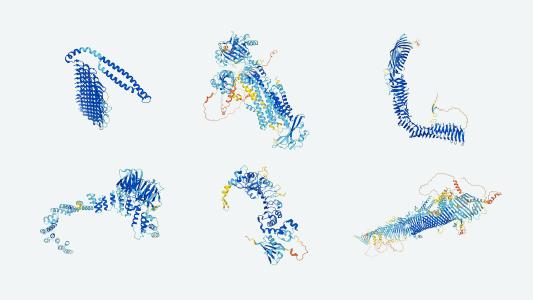Olympians competing in Tokyo this summer are riding around the Olympic Village in Toyota’s e-Palette, an autonomous shuttle designed with their specific needs in mind.
“Olympic and Paralympic athletes work tirelessly to achieve the impossible, and we wanted to provide them with a vehicle specifically designed and calibrated to fit their mobility needs during Tokyo 2020,” development leader Takahiro Muta said in a press release.
Ride of Olympians: When Toyota revealed the e-Palette in 2019, it said it planned to provide a version of it to transport Olympians and Paralympians during the 2020 Olympic Games in Tokyo.
Toyota asked several athletes — including tall basketball players and wheelchair users — to ride in the vehicle and provide feedback for the final design.
As a result, Toyota made several design tweaks.
The seats and handrails of the autonomous shuttle are now adjustable so that people of different heights can comfortably ride in it, and the interior features contrasting colors to help people with color blindness.
The e-Palette will have a safety operator on board during the Olympic deployment, and including them, the vehicle can hold 20 passengers, or 4 wheelchair users and 7 standing riders.
The autonomous shuttle space: While the company’s immediate focus was on its autonomous shuttle for Olympians, Toyota’s ultimate goal is to get mass-transit EVs on city streets — and it isn’t alone.
“Autonomous public transportation is going to happen.”
Sharad Agarwal
Several companies are designing autonomous vehicles for public transportation, and they could make an impact in the real world sooner than autonomous cars because they simply have fewer hurdles to deployment.
“[S]peeds are lower, distances are shorter, and the trips are repetitive,” Sharad Agarwal, a senior VP at driverless tech startup EasyMile, told Wired in 2020.
“Autonomous public transportation is going to happen,” he added, “and it’s going to happen sooner than with taxis and cars.”
A ride for you: It’s too soon to say whether the design tweaks Toyota made to the e-Palette for the Games will make it into the commercial version.
The company will continue testing the autonomous shuttle at Woven City, a futuristic city Toyota is building as a “living laboratory” for its AI robots, autonomous vehicles, and other technologies.
The goal is to have the e-Palette ready for commercialization in the early 2020s — meaning your autonomous ride might arrive before the next Olympics.
We’d love to hear from you! If you have a comment about this article or if you have a tip for a future Freethink story, please email us at tips@freethink.com.
